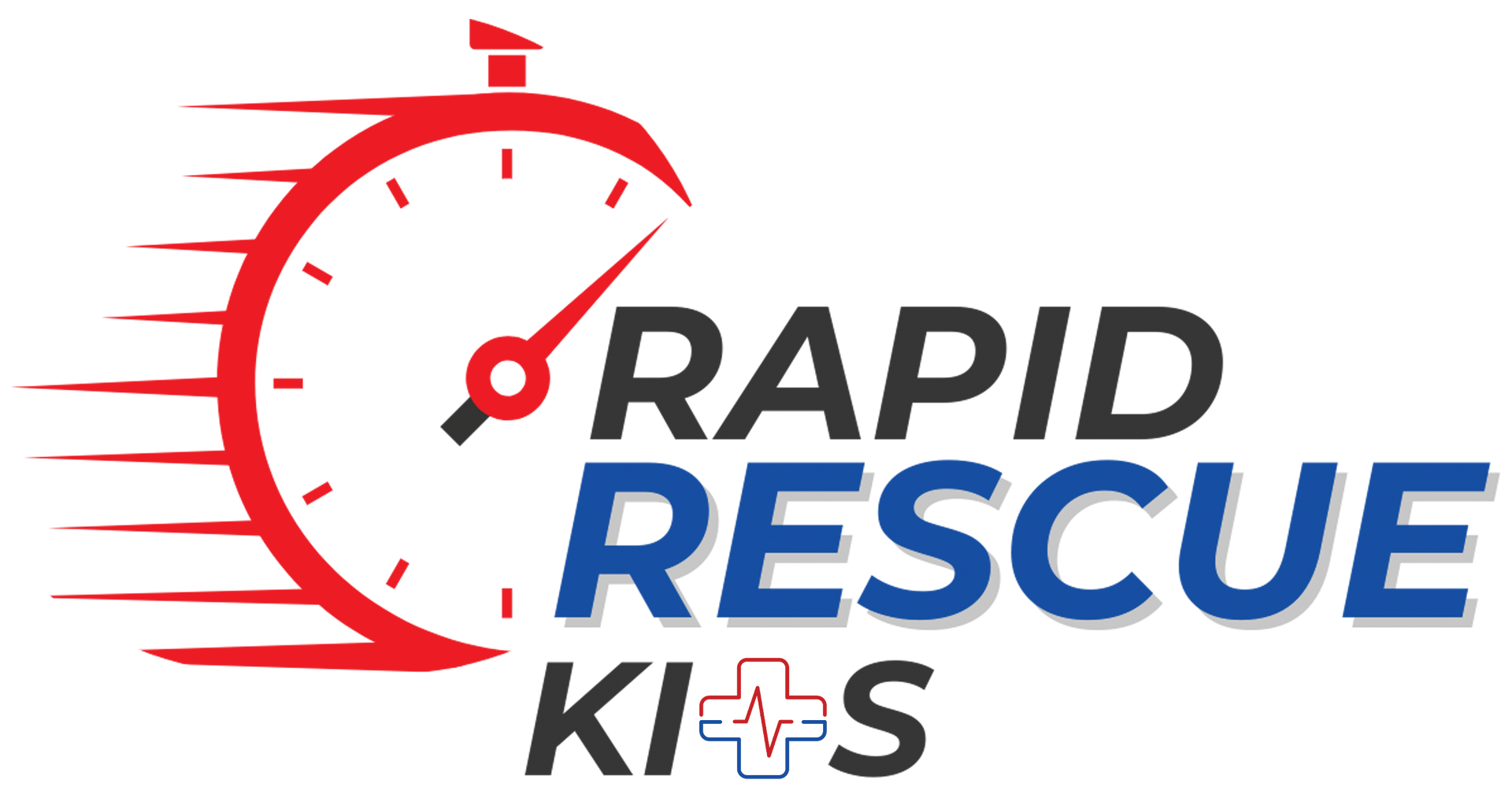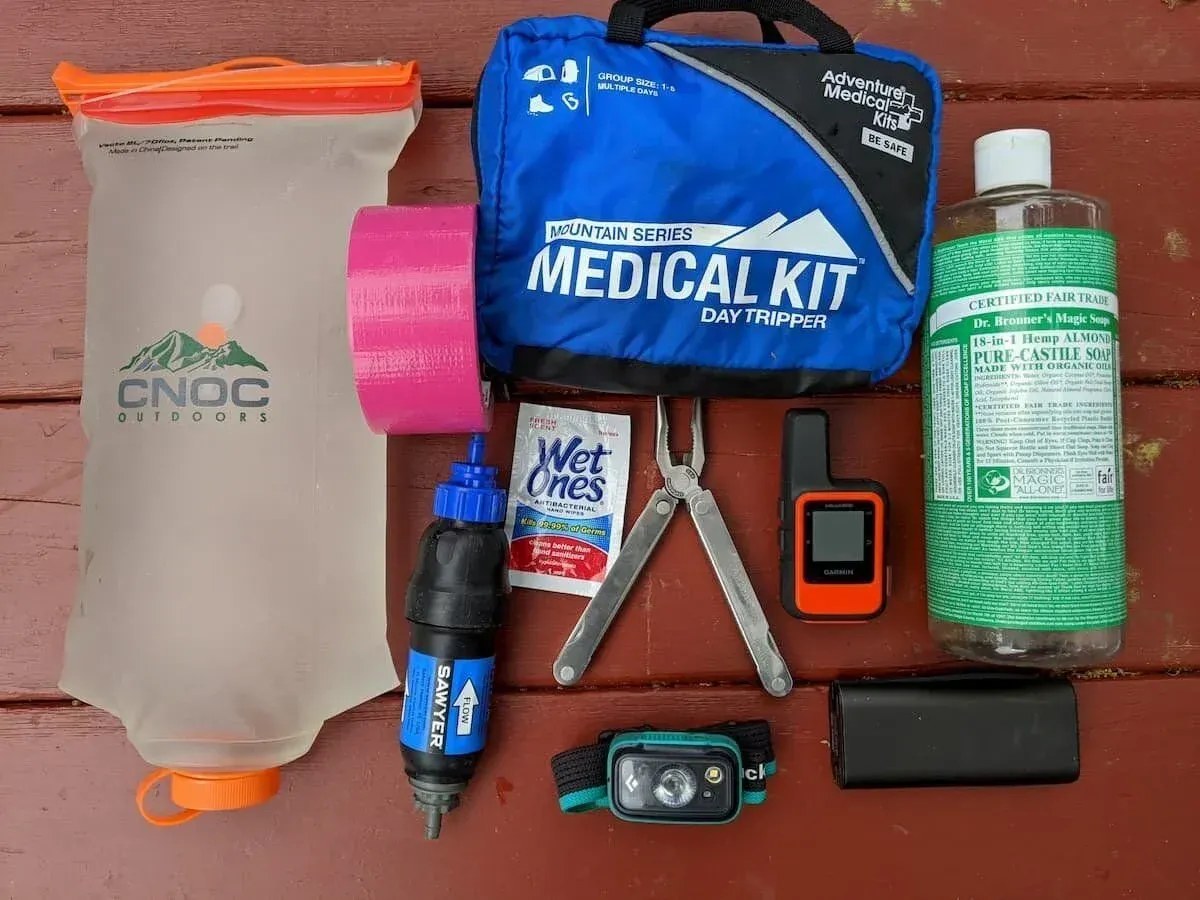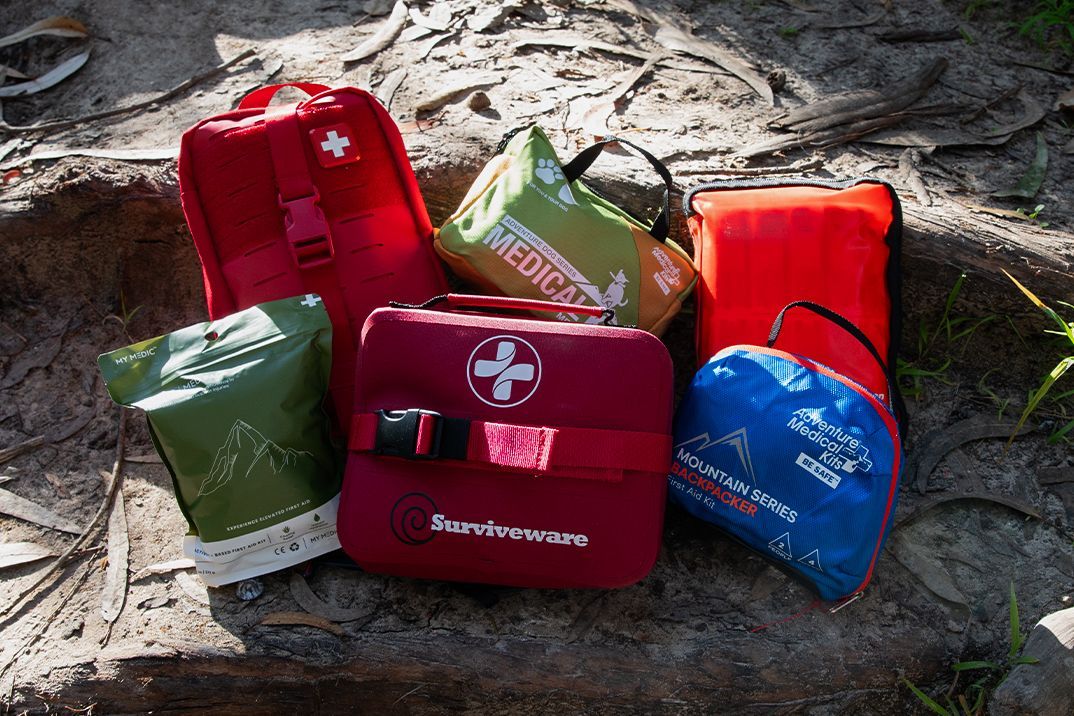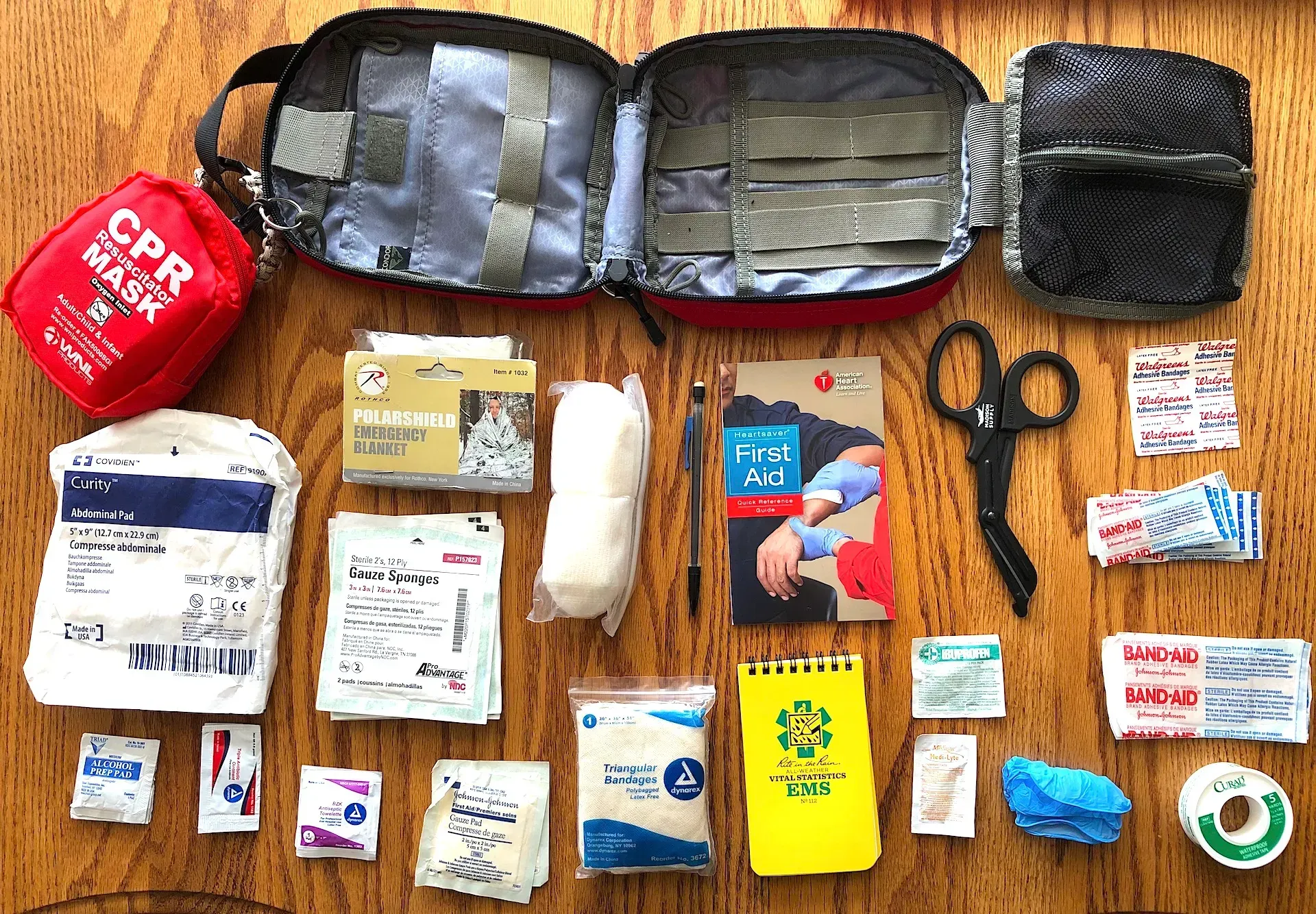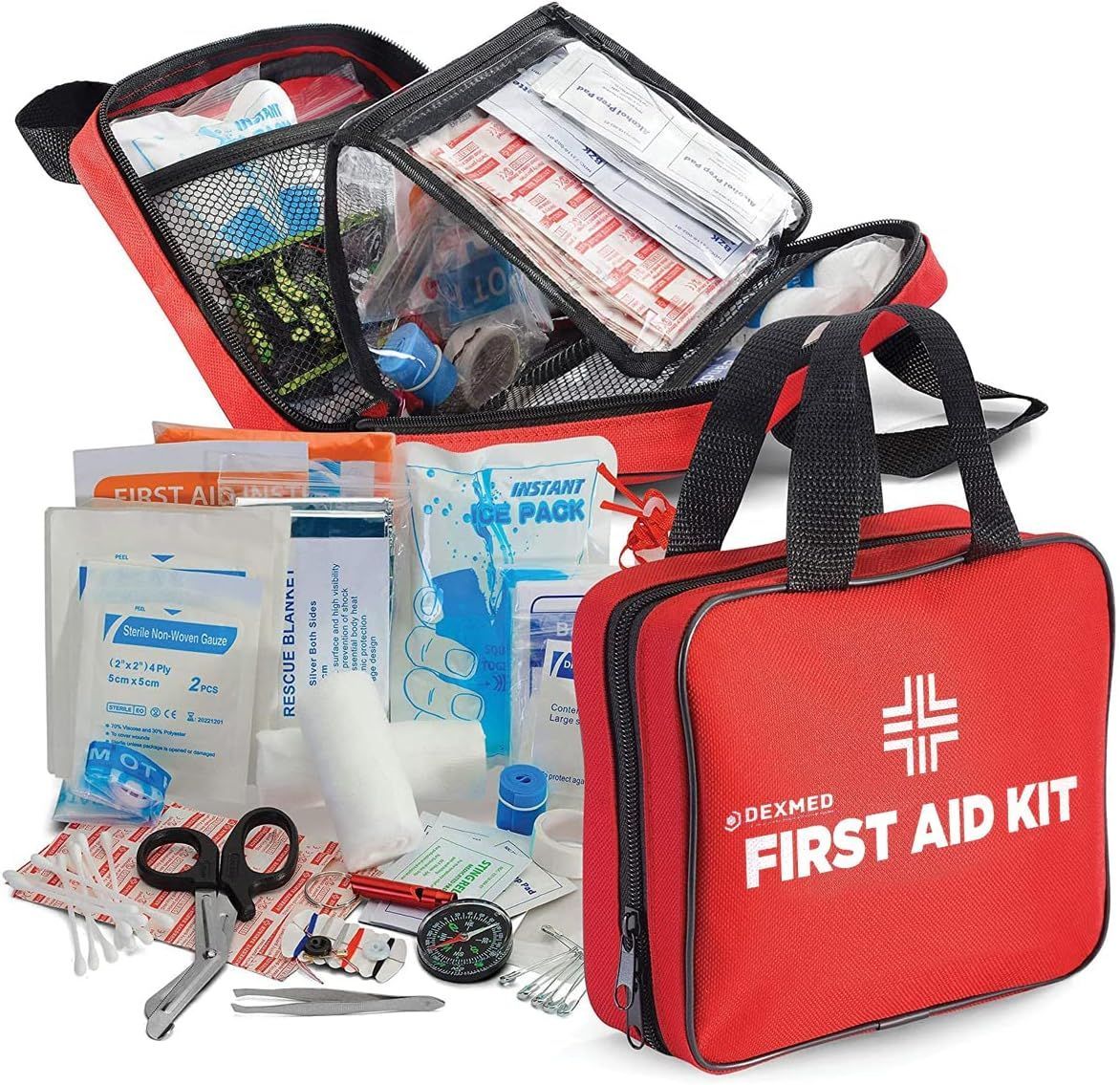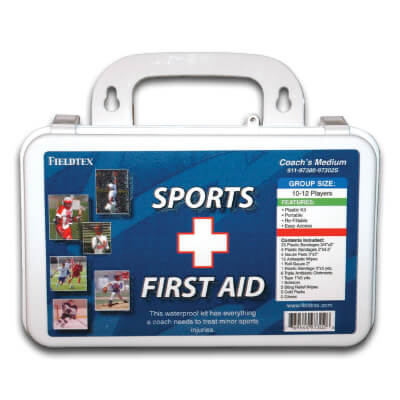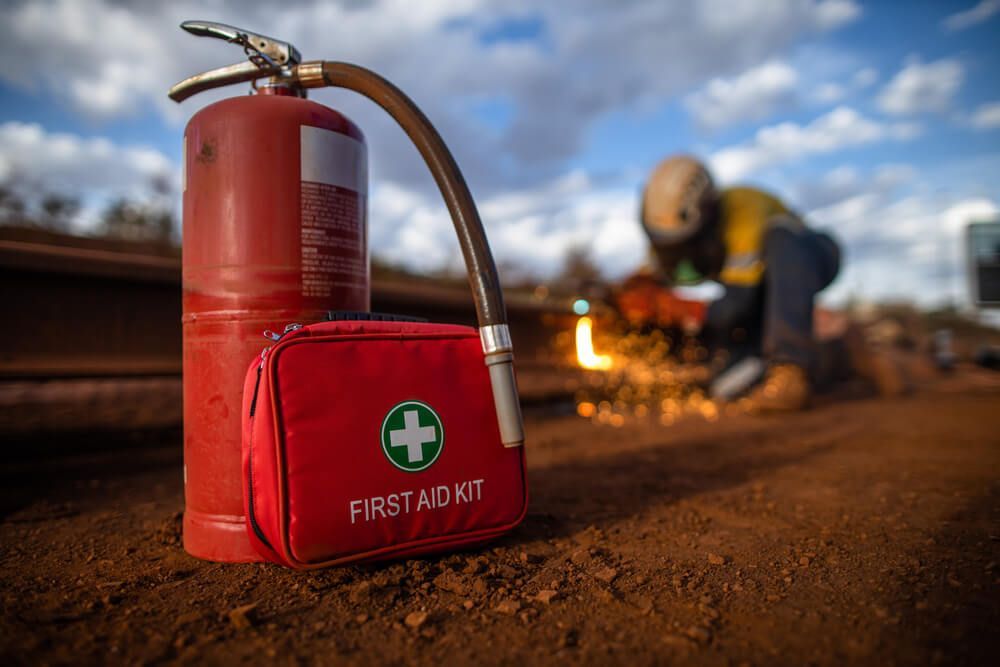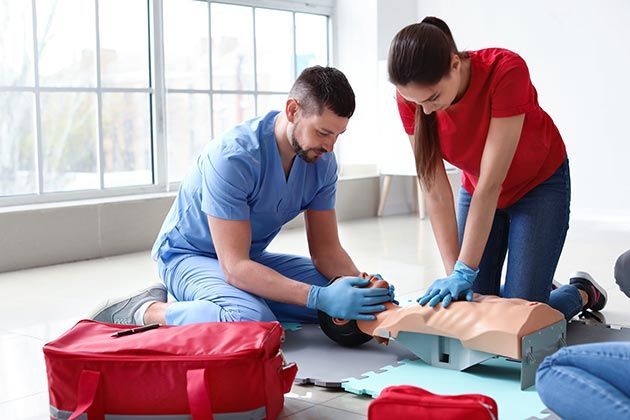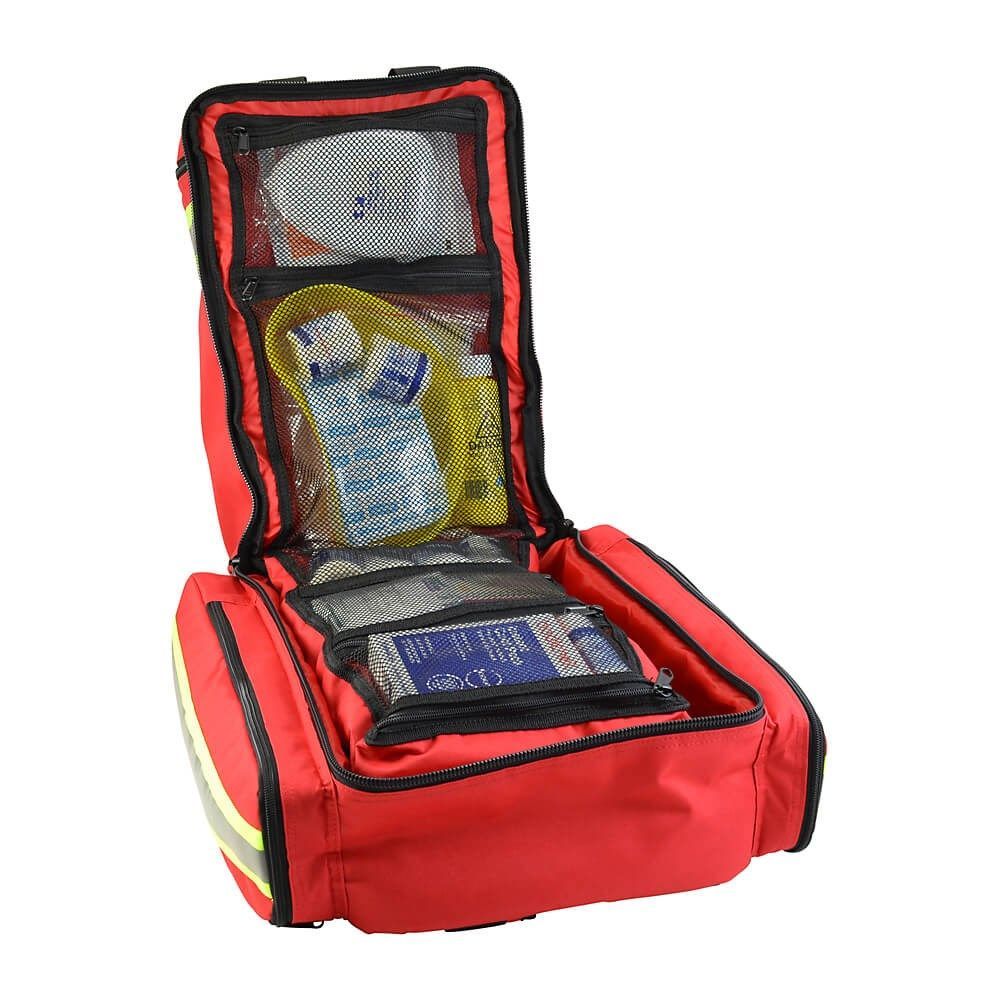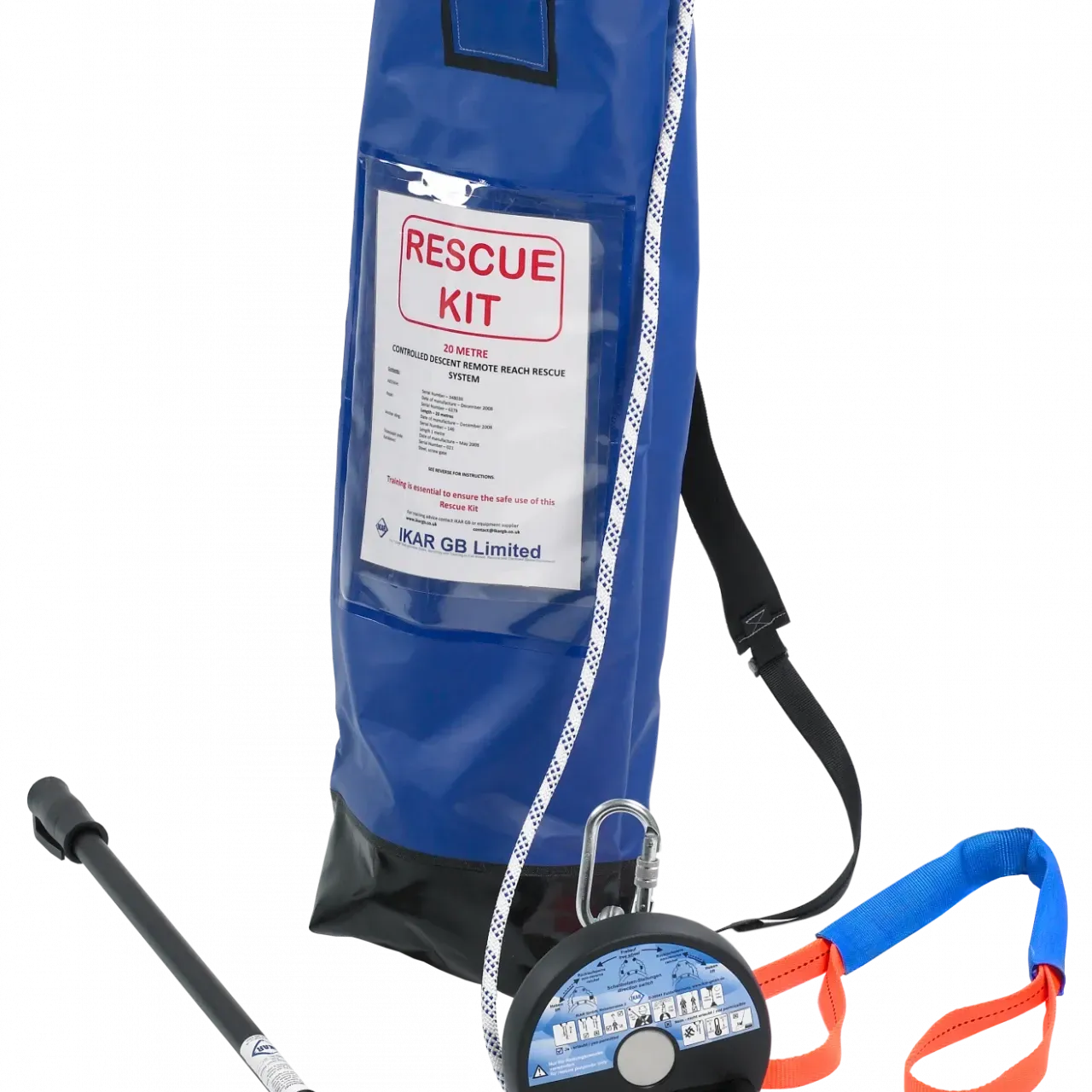Are Pre-Assembled Emergency Kits Better Than DIY?
TLDR;
Pre-assembled emergency kits are better for convenience and speed, while DIY kits shine in customization and quality control. The right choice depends on your time, budget, and specific needs — or whether combining both might work best.
What Is an Emergency Kit?
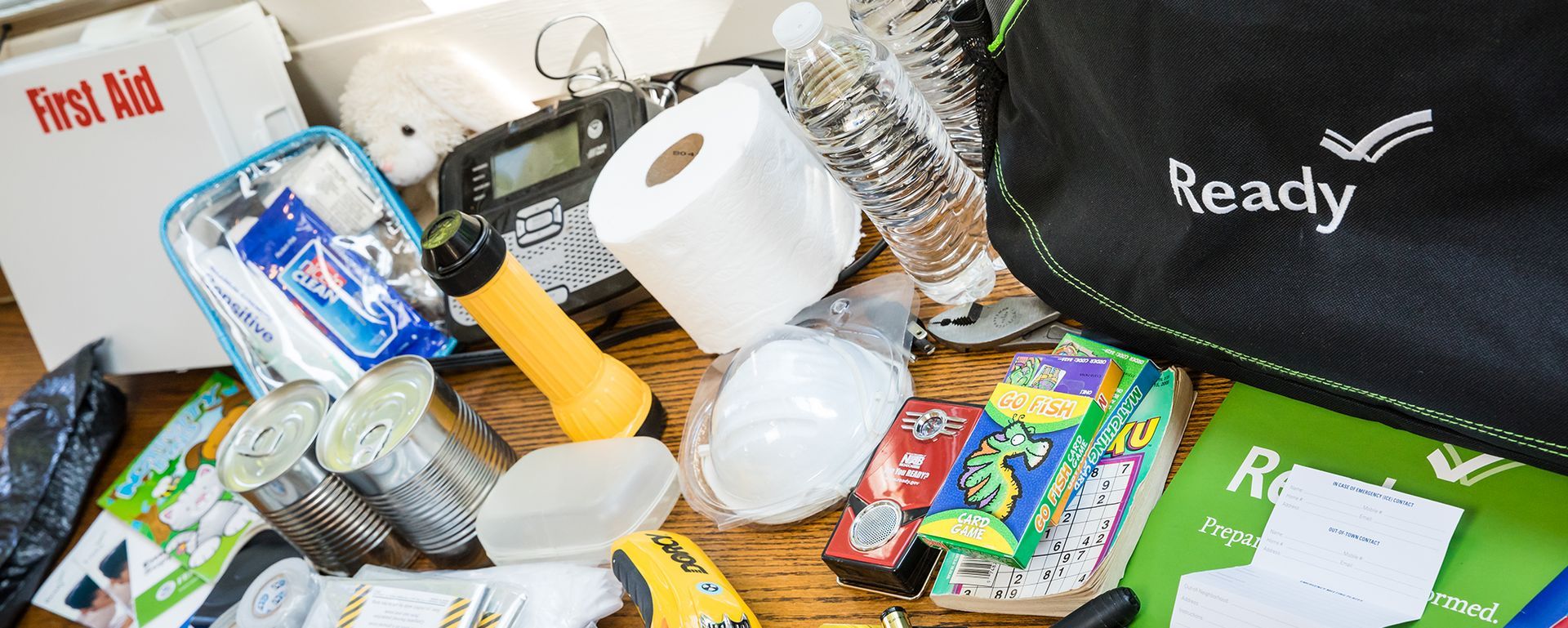
An emergency kit is a collection of essential supplies that can help you survive and stay safe during disasters, accidents, or sudden crises. Whether it's a wildfire, power outage, or car breakdown, having a kit ready can reduce risk and increase your readiness.
Definition and Purpose
An emergency kit includes tools and resources meant to support basic survival:
- Safe drinking water
- Non-perishable food
- First aid supplies
- Flashlights or light sources
- Communication tools (radio, whistle, phone charger)
- Shelter items (blanket, poncho, tarp)
- Personal hygiene items
Its core purpose: sustain life and maintain health until help arrives or normal conditions return.
Core Components of a Standard Kit
A complete emergency kit usually includes:
- Water: 1 gallon per person per day (3-day minimum)
- Food: Ready-to-eat, calorie-dense (energy bars, canned meals)
- First Aid: Bandages, antiseptic, gloves, tweezers, pain relievers
- Light Source: LED flashlight, glow sticks, extra batteries
- Communication: Emergency whistle, hand-crank or battery-powered radio
- Tools: Multi-tool, duct tape, paracord, matches/lighter
- Hygiene: Sanitizer, wipes, toothbrush, feminine products
- Documents: Copies of ID, insurance, contact numbers
- Shelter/Warmth: Emergency blanket, poncho, hand warmers
Optional: pet supplies, baby items, prescription meds, local maps, cash
What Are Pre-Assembled Emergency Kits?
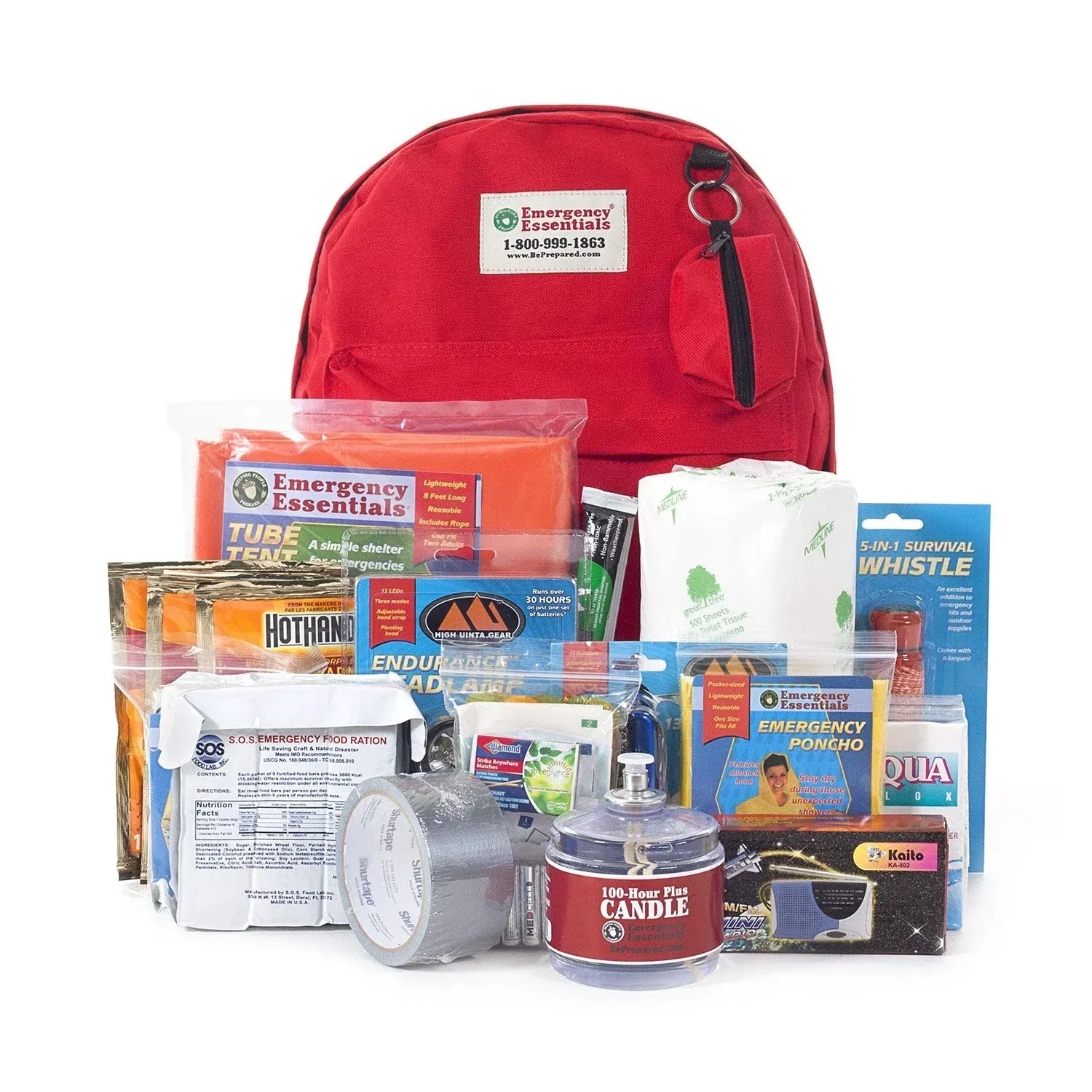
Pre-assembled (or ready-made) emergency kits are pre-packed solutions designed by experts or manufacturers to provide a comprehensive set of survival items in a single purchase.
Advantages of Buying Pre-Made
- Convenience: No need to research every item
- Time-Saving: Ready to use out of the box
- Expert-Curated: Often meets FEMA or Red Cross recommendations
- Ideal for Beginners: Reduces overwhelm and decision fatigue
- Standardized Quality: Reliable brands often follow safety protocols
For many customers of Rapid Rescue Kits, buying pre-packed kits has helped them feel prepared without stress.
Common Features & Brands
Trusted names include:
- Redfora
- Uncharted Supply Co.
- Judy
- Sustain Supply
- Rapid Rescue Kits
Features typically include:
- Waterproof or ruggedized backpacks
- Clearly labeled compartments
- Expiration dates and rotation reminders
- Compact design for storage
Use Cases
Pre-assembled kits are great for:
- Apartment Dwellers: Limited space, grab-and-go ready
- Office Settings: Keep a kit in desk drawers or break rooms
- Vehicles: Compact kits for roadside emergencies or snowstorms — perfect for those
Traveling with a Rescue Kit across long distances or through unpredictable conditions
- Parents or Seniors: Peace of mind with zero prep hassle
What Is a DIY Emergency Kit?
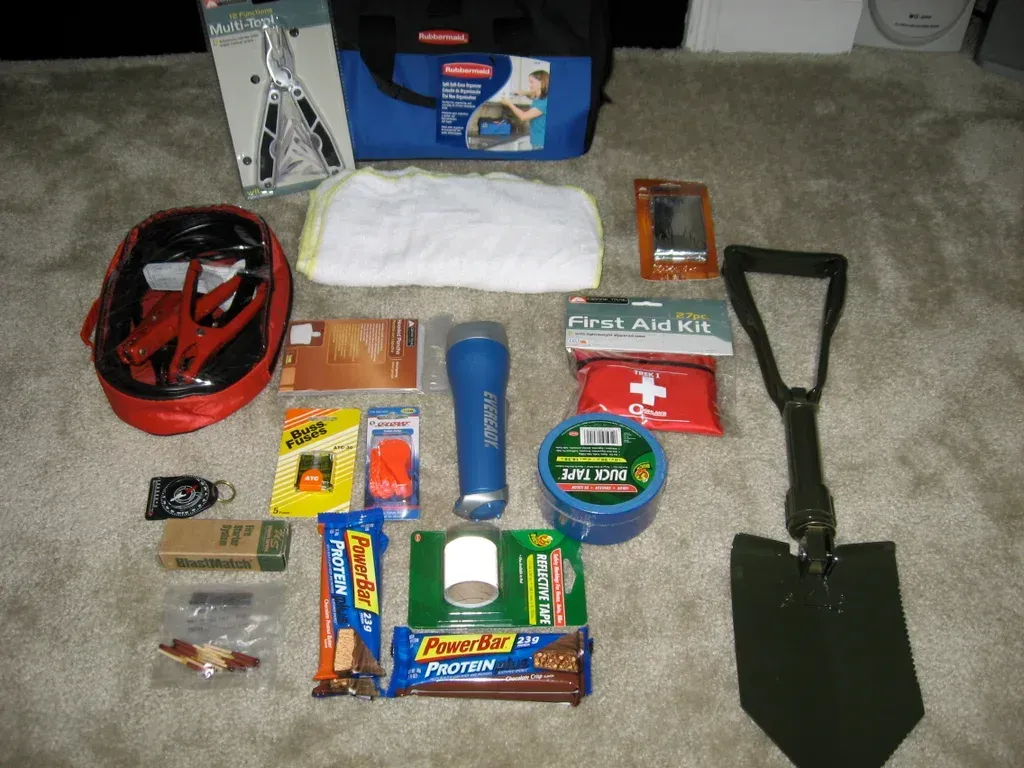
DIY emergency kits involve gathering and assembling your own gear based on personal preferences, local risks, and specific household needs.
Pros of DIY Kits
- Customization: Include only what you need, skip the fluff
- Better Quality Control: Choose higher-end brands or durable items
- Tailored for Environment: Cold climate? Pack thermal gear. Allergies? Avoid certain foods.
- Family-Specific Additions: Baby formula, pet food, insulin, etc.
- Sense of Familiarity: You know every item and how to use it
DIY kits empower people to stay in control of their own survival setup.
Cons of DIY Kits
- Time-Consuming: Research, compare, purchase, test
- Easy to Miss Essentials: First-timers often forget critical items
- Higher Cost Potential: Buying quality gear separately adds up
- Storage & Organization: Items may not fit neatly unless planned
- Maintenance Burden: Keeping expiration dates current is your job
Pre-Assembled Emergency Kits vs DIY: Side-by-Side Comparison
| Feature | Pre-Assembled Kits | DIY Emergency Kits |
|---|---|---|
| Convenience | High – ready to go | Low – requires time & effort |
| Customization | Limited | Full control |
| Cost | Lower upfront (basic models) | Potentially higher (quality items) |
| Effort Needed | Minimal | Significant |
| Flexibility | Standardized | Fully personalized |
| Reliability | Varies by brand | Dependent on buyer choices |
| Maintenance | Manufacturer sets expiry | Must track manually |
| Use Cases | Best for general preparedness | Best for special needs, climates |
Best Emergency Kit Options Based on Specific Needs
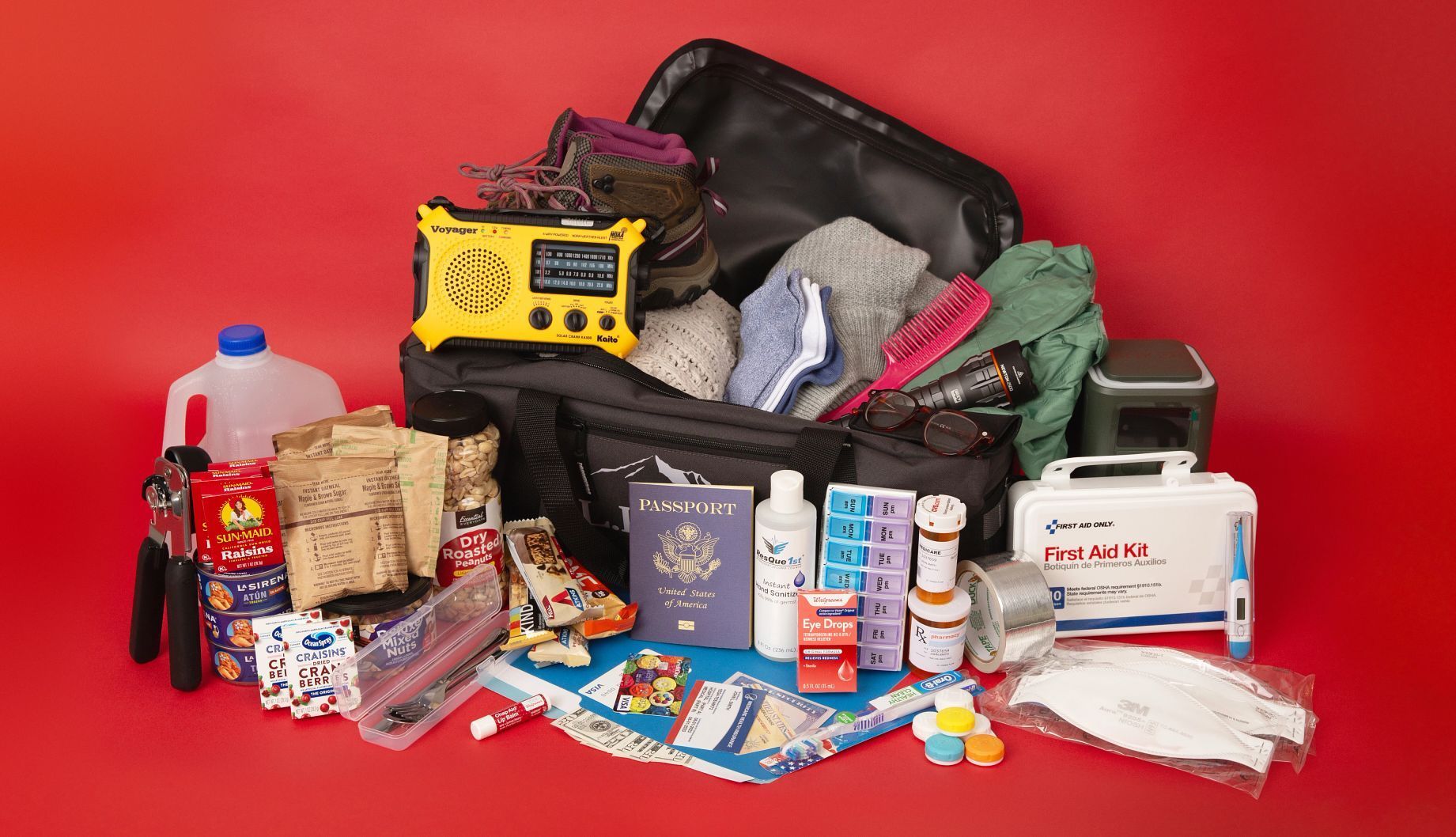
For Families with Kids
- Pre-assembled kits save time, but supplement with child-specific supplies: formula, diapers, games
- DIY lets you adjust for age, allergies, and attention span
For People with Medical Needs
- DIY is often better here to include prescriptions, devices, dietary restrictions
- Pre-packed kits may lack medical-specific customization
For Pet Owners
- Build your own to include food, water, leash, collapsible bowls, vet info
- Supplement pre-made kits with pet add-ons
For Outdoor Enthusiasts
- DIY lets you pack survival tools, topo maps, weather-specific clothing
- Pre-made adventure kits exist, but may miss nuanced gear needs
Cost Analysis: DIY vs. Pre-Built Kits
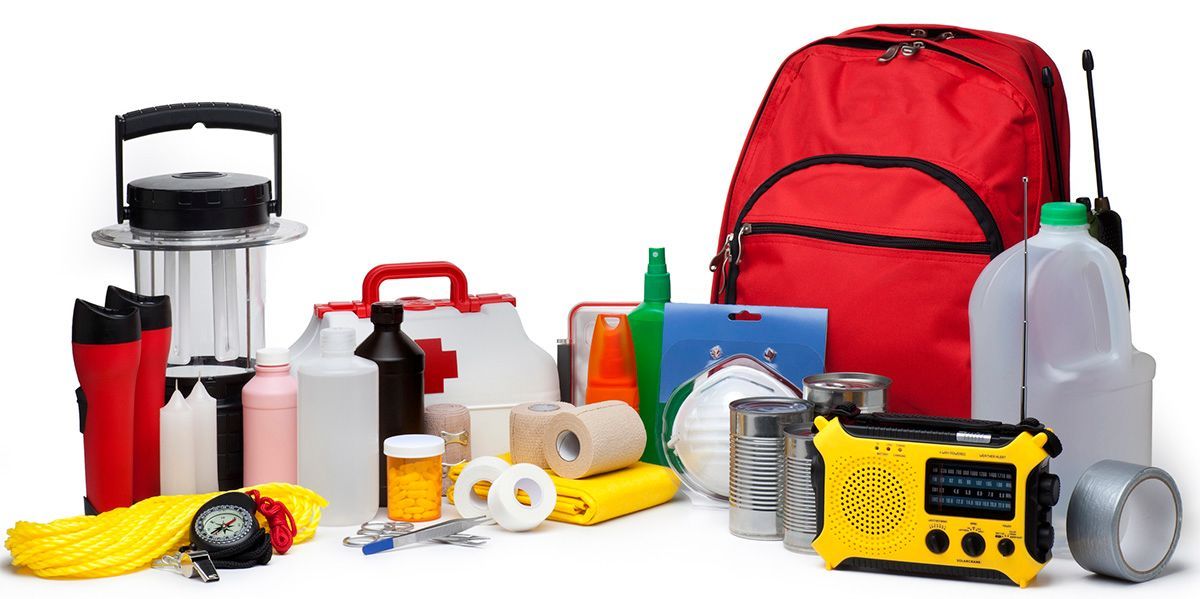
DIY Emergency Kit Cost Breakdown
- Water Storage & Filtration: $20–$60
- Food Supplies (3 days): $30–$100
- First Aid Kit: $25–$75
- Light & Communication: $30–$80
- Tools & Fire Starters: $40–$100
- Pack/Bag: $40–$150
- Misc (hygiene, docs, extras): $20–$50
Total: $200–$500+ depending on quality and brand
Pre-Assembled Kit Cost Range
- Basic Kits: $50–$100
- Mid-Range: $100–$250
- Premium: $250–$600+
- Brands like Rapid Rescue Kits offer tiered packages with optional upgrades
Tip: Budget kits may lack durability; premium kits are more comprehensive but cost more.
Maintenance and Upkeep of Emergency Kits
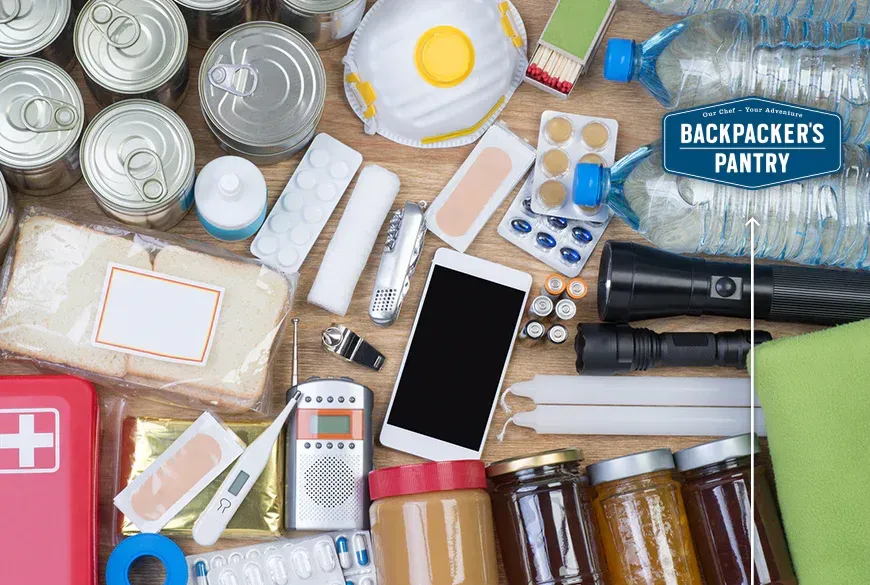
How Often Should You Update Your Kit?
- Check every 6–12 months
- Rotate food and medicine as needed—refer to our
Kit Expiration Guide to know exactly what to watch for
- Update documents and contact info
Keeping Track of Expiring Items
- Add calendar reminders to review contents
Maintenance Tips for DIY Kits
- Create a spreadsheet or inventory sheet
- Date-stamp perishable items
- Store kits in climate-stable, accessible locations
Psychological and Emotional Factors
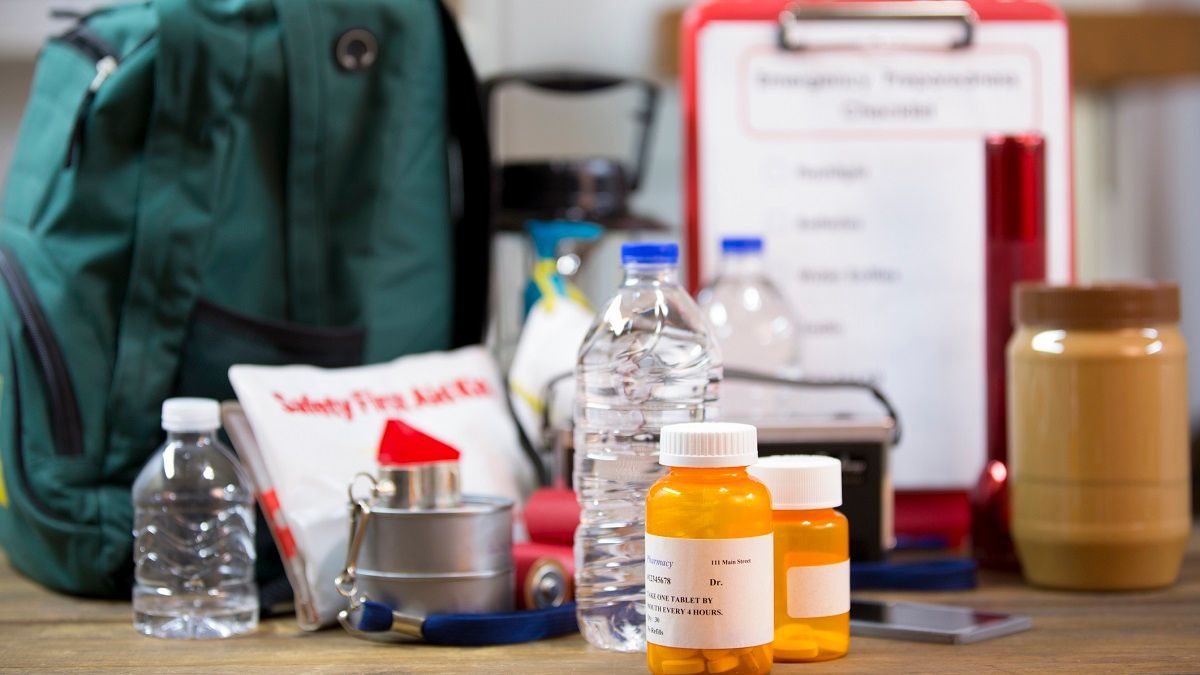
Peace of Mind with Pre-Made Kits
- Ready-made kits remove uncertainty
- Provide emotional security during uncertain times
- Great for those overwhelmed by decision-making
Confidence & Familiarity with DIY Kits
- DIYers often feel more in control
- Confidence comes from knowing how to use every item
- Reduces panic in crisis because of hands-on familiarity
Making the Right Decision: Pre-Assembled or DIY?
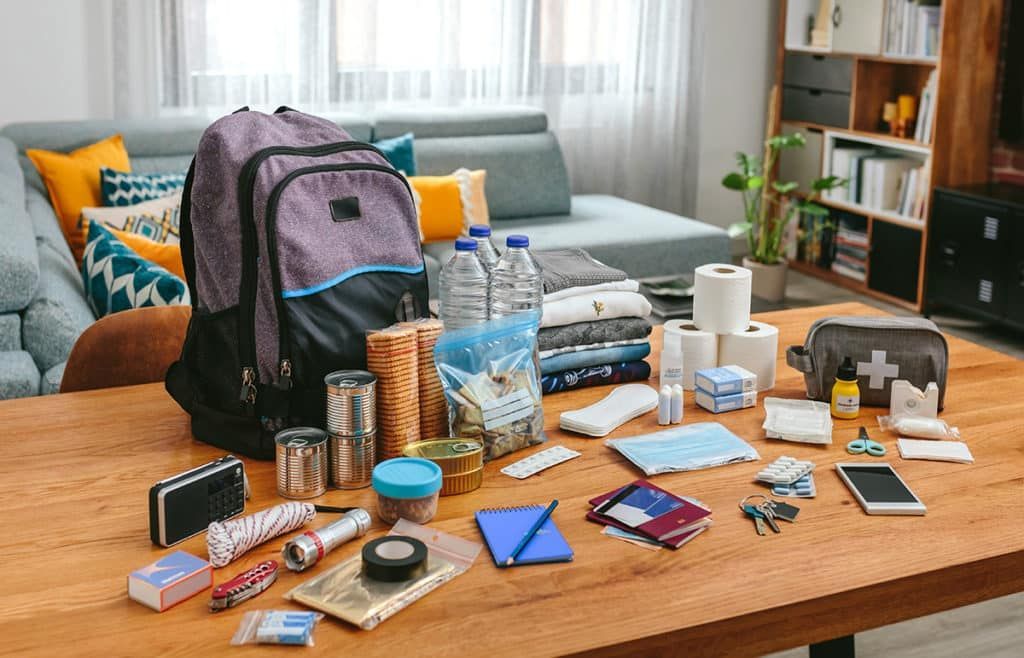
If you:
- Need it now → Go with a reliable pre-assembled kit
- Want total control → Build your own
- Have unique family or medical needs → DIY or supplement a pre-made
- Are new to preparedness → Start with a curated kit from Rapid Rescue Kits and expand later
Frequently Asked Questions
